Medicine Overview of Atova 10mg Tablet
Atova 10 belongs to a group of medicines called statins. It is used to lower cholesterol and to reduce the risk of heart disease. Cholesterol is a fatty substance that builds up in your blood vessels and causes narrowing, which may lead to a heart attack or stroke. Atova 10 is a widely prescribed medicine and is regarded as safe for long-term use when taken as per doctor’s advice. It can be taken with a meal or on an empty stomach. You can take it at any time of the day but try to take it at the same time each day. Most people with high cholesterol do not feel ill, but stopping your medicine may increase your cholesterol levels, making your condition worse and increasing your risk of heart disease and stroke. It is important to have your cholesterol levels checked regularly. This medicine is only one part of the treatment program which should also include a healthy diet, regular exercise, smoking cessation, moderation of alcohol intake and weight reduction. You can eat normally while taking this medicine, but try to avoid foods that are high in fat. Common side effects of this medicine include headache, constipation, muscle pain, nausea, indigestion, diarrhea and nasopharyngitis (inflammation of the throat and nasal passages). These are usually mild and disappear after a short time. Consult your doctor if they persist or if you notice any yellowing of your eyes or get repeated or unexplained muscle pains. This medicine should not be used in some conditions such as liver disease. Also, pregnant women and breastfeeding mothers should not take this medicine as it may harm the developing baby. Diabetic patients should monitor their blood sugar levels while taking this medicine, as it may lead to an increase in blood sugar levels. Your doctor may check your liver function before starting the treatment and monitor it regularly thereafter.
- High cholesterol
- Prevention of heart attack
- Constipation
- Headache
- Muscle pain
-
In general, Atova 10 is safe. It may cause diarrhea, gas or an upset stomach. If any of these happen to you, take it with food.
-
Inform your doctor if you experience fatigue, muscle weakness or muscle pain.
-
Your doctor may check your liver function before starting the treatment and regularly thereafter. Inform your doctor if you notice signs of liver problems such as stomach pains, unusually dark urine or yellowing of skin or eyes.
-
Inform your doctor if you have kidney disease, liver disease or diabetes before starting treatment with this medicine. If you are diabetic, monitor your blood sugar level regularly as Atova 10 may cause an increase in your blood sugar level.
-
Do not take Atova 10 if you are pregnant, planning a pregnancy or breastfeeding.
Oral Mixed dyslipidaemia, Heterozygous familial hypercholesterolaemia, Nonfamilial hypercholesterolaemia Adult: Initially, 10 or 20 mg once daily, may be adjusted at 4-wk interval. May initiate 40 mg once daily in patients who require >45% reduction in LDL-cholesterol. Max: 80 mg/day. Elderly: No dosage adjustment needed.
May increase risk of myopathy and rhabdomyolysis w/ CYP3A4 potent inhibitor (e.g. HIV or HCV protease inhibitors, itraconazole, clarithromycin), fenofibrate, colchicines, fixed combination of lopinavir/ritonavir. May decrease plasma concentration w/ CYP3A4 inducer (e.g. rifampicin, efavirenz). May significantly increase AUC and peak plasma concentration of digoxin. Increased AUC for norethindrone and ethinyl estradiol. Potentially Fatal: Increased risk of myopathy or rhabdomyolysis w/ ciclosporin, gemfibrozil, telaprevir, tipranavir.
Patients who consume substantial quantities of alcohol. History of liver disease. Patients with risk factors for myopathy or rhabdomyolysis. Hypothyroidism should be properly managed prior to starting statin therapy. Children <10 yr. Premenarcheal females. Lactation: Because of the potential for adverse reactions in nursing infants, women taking this drug should not breastfeed; contraindicated in nursing mothers.
Oral Mixed dyslipidaemia, Heterozygous familial hypercholesterolaemia, Nonfamilial hypercholesterolaemia Child: Heterozygous familial hypercholesterolaemia: 10-17 yr 10 mg once daily, may increase at intervals of at least 4 wk to max 20 mg/day.
Atorvastatin can be administered as a single dose at any time of the day, with or without food. Avoid excessive consumption (>1 L/day) of grapefruit juice.
Renal Insufficiency: Renal disease does not affect the plasma concentrations or LDL-C reduction of atorvastatin; thus, dosage adjustment in patients with renal dysfunction is not necessary.


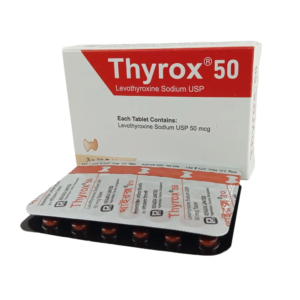
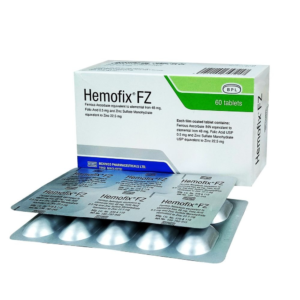
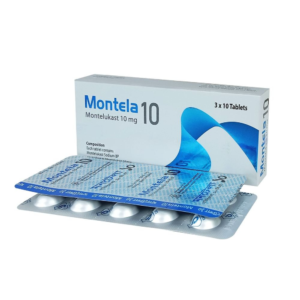
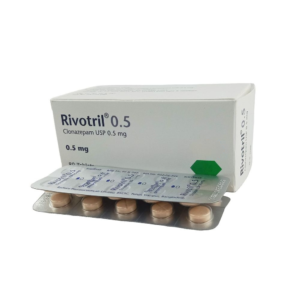
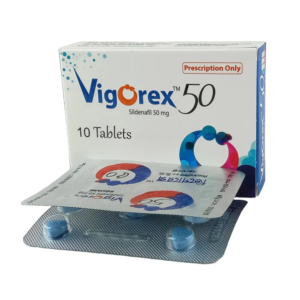
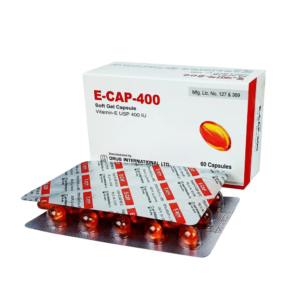
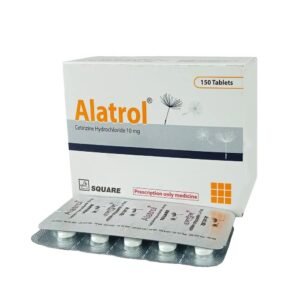
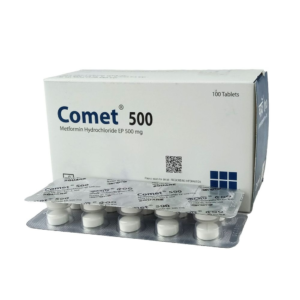



Reviews
There are no reviews yet.